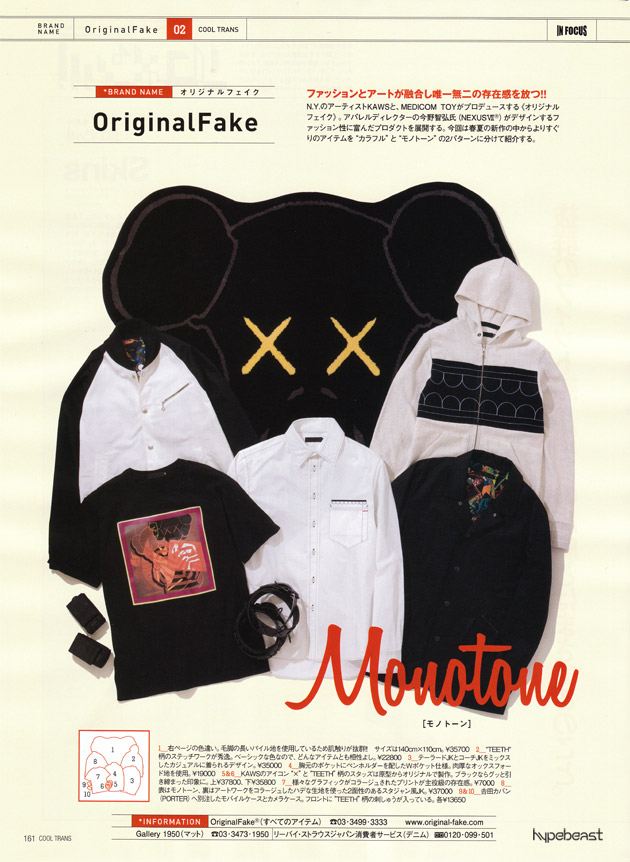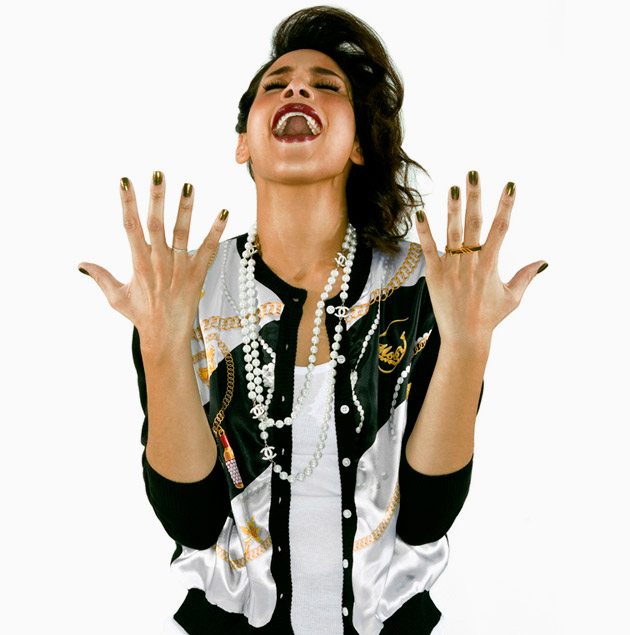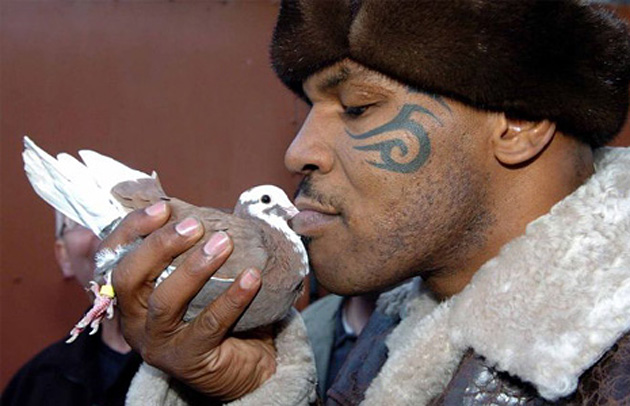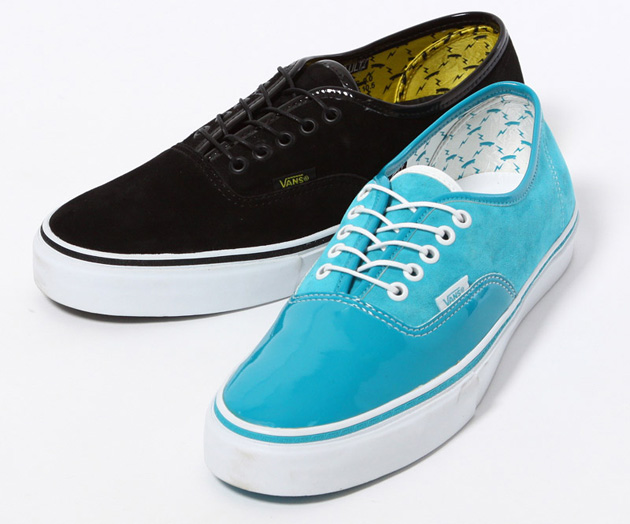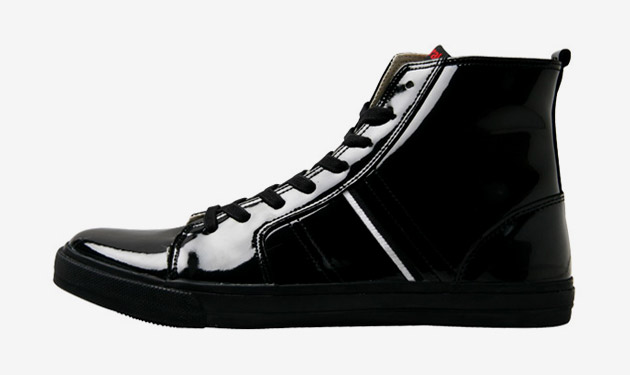Now, in all fairness I'd be lying if someone told me that there's a way to make taxidermy cool in a setting that doesn't involve a house with wheels, however last night at about 1:30am, I stumbled across Ed Hart.
Edward Hart was born on July 30th, 1847. His father, William Hart, was a taxidermist in Christchurch. He opened his first taxidermy shop in Bridge Street in 1834. The shop closed perhaps due to William's other manufactoring buisness: making watch chains.
Edward Hart continued accumulating his own collection and in 1866 he opened a museum in The Bow House to display his pieces. The total length of the bird cases was 270 feet with a height of 10 feet. The mammal cases extended another 30 feet (9 metres). The museum continued to increase in size, including upwards of 420 cases, containing 1350 specimens of birds, 2000 birds' egss, 1000 fossils and flint implements, moths and butterflies, and various horns, skulls, and antlers. The mammals included squirrels, rats, shrews, stoats and dormice. Hart arranged his birds and animals in naturalistic settings including painted backgrounds, rocks, and foliage. Hart also created several anthropomorphic tableaux which he called "Grotesque Groups" including Prize Fight, Leap Frog and The Barber.

Prize Fight was first displayed by Hart at the Great Exhibition. Consisting of five cases, the Fight shows two squirrels in various stages of a bozing match until the squirrel on the right is knocked out. The piece was bought by Lord and Lady Bangor and is still displayed in Castle Ward, Country Down, Northern Ireland, which has since been taken over by the National Trust.
I'm conflicted as to if i should call this art, but nevertheless, its quite interesting.





